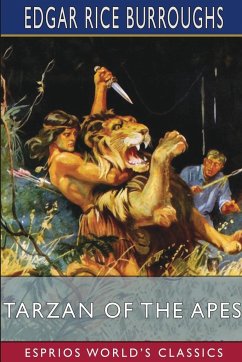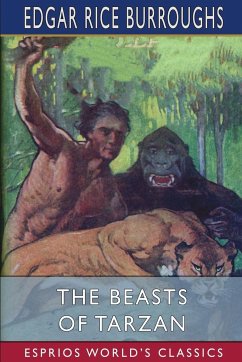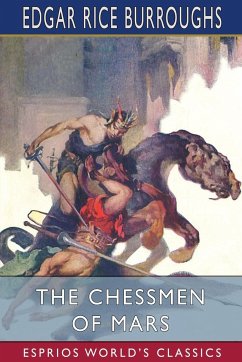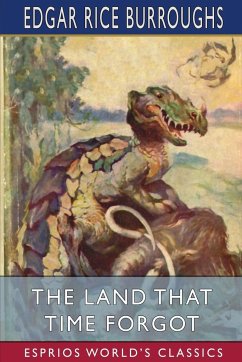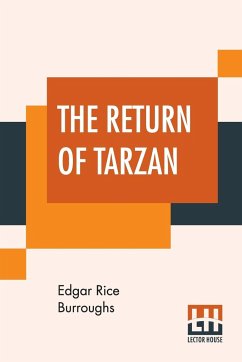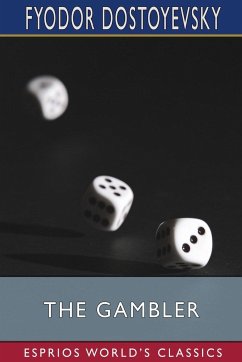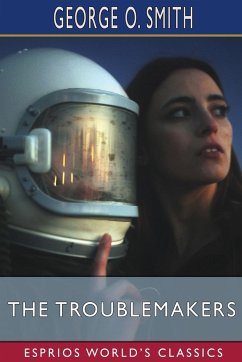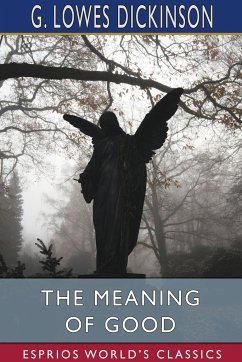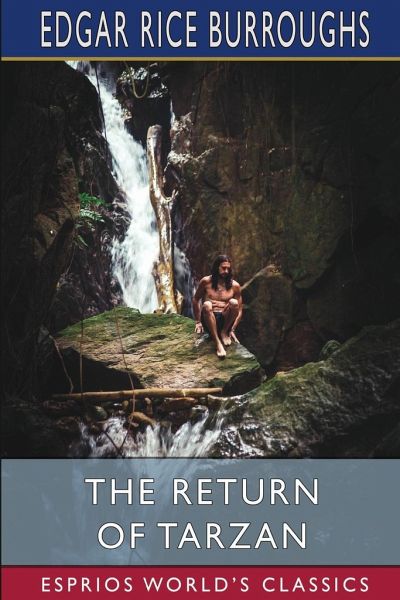
The Return of Tarzan (Esprios Classics)
Versandkostenfrei!
Versandfertig in 1-2 Wochen
24,99 €
inkl. MwSt.

PAYBACK Punkte
12 °P sammeln!
The Return of Tarzan is a novel by American writer Edgar Rice Burroughs, the second in his series of twenty-four books about the title character Tarzan. It was first published in the pulp magazine New Story Magazine in the issues for June through December 1913; the first book edition was published in 1915 by A. C. McClurg. The novel picks up soon after where Tarzan of the Apes left off. The ape man, feeling rootless in the wake of sacrificing his prospects of wedding Jane Porter, leaves the United States for Europe to visit his friend Paul d'Arnot. On the ship he becomes embroiled in the affai...
The Return of Tarzan is a novel by American writer Edgar Rice Burroughs, the second in his series of twenty-four books about the title character Tarzan. It was first published in the pulp magazine New Story Magazine in the issues for June through December 1913; the first book edition was published in 1915 by A. C. McClurg. The novel picks up soon after where Tarzan of the Apes left off. The ape man, feeling rootless in the wake of sacrificing his prospects of wedding Jane Porter, leaves the United States for Europe to visit his friend Paul d'Arnot. On the ship he becomes embroiled in the affairs of Countess Olga de Coude, her husband, Count Raoul de Coude, and two men attempting to prey on them, Nikolas Rokoff and his henchman Alexis Paulvitch. Rokoff, it turns out, is also the countess's brother.





